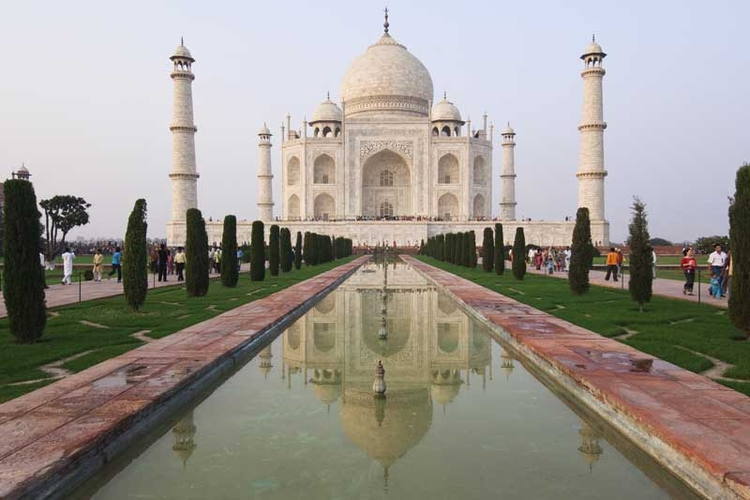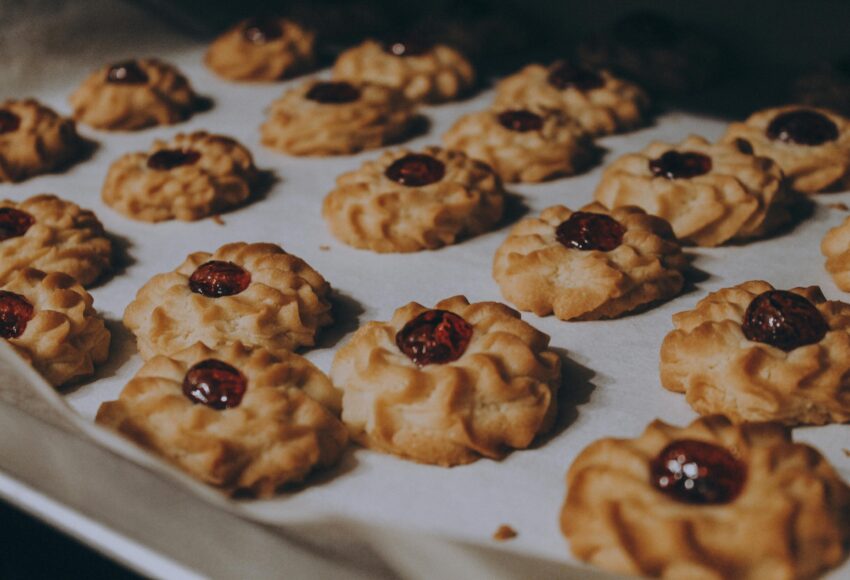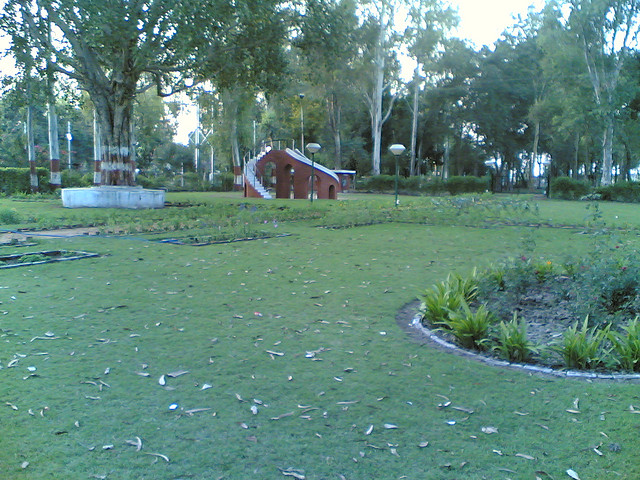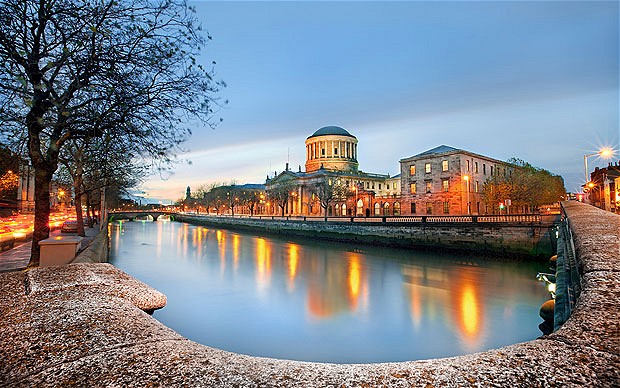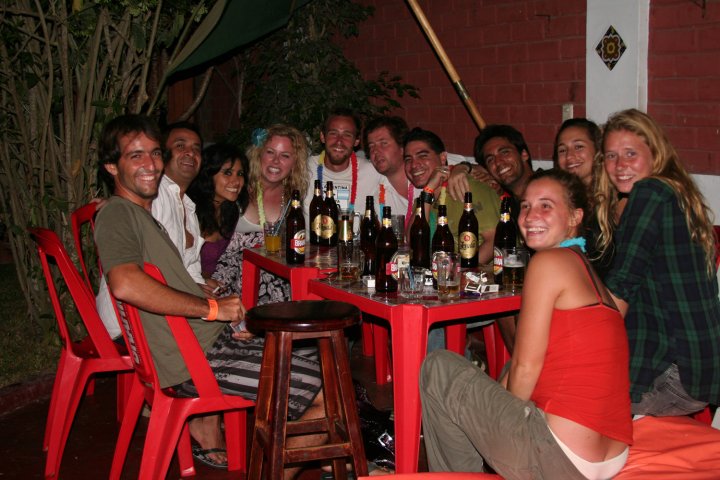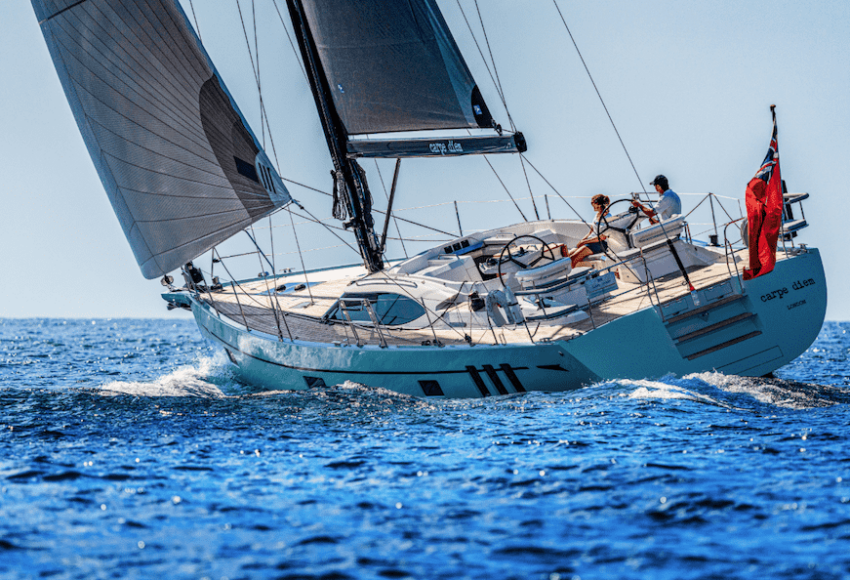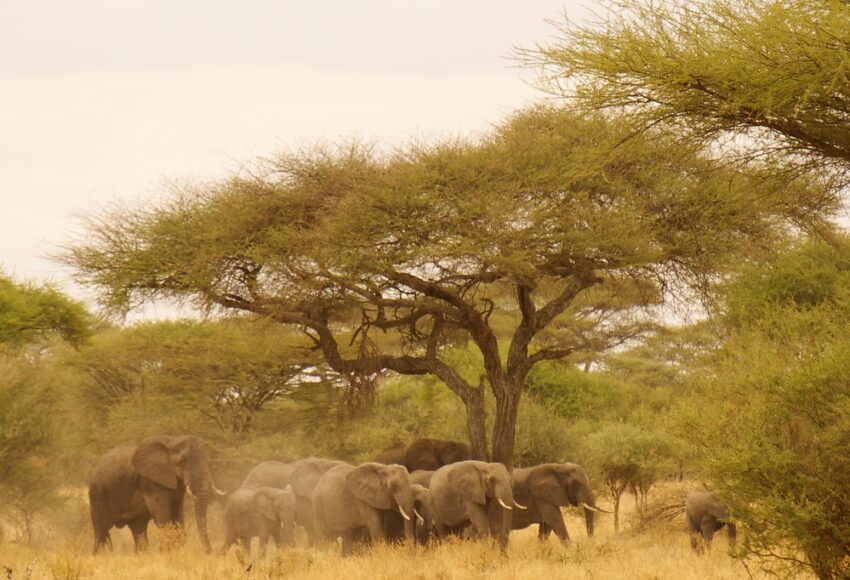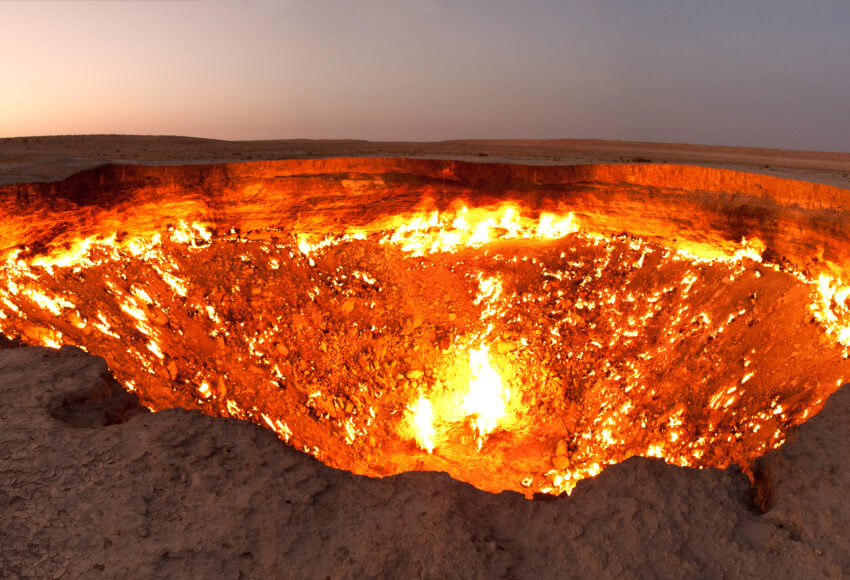The Taj Mahal, often referred as the “Crown of Palaces” is a marvel creation of Mughal emperor Shah Jahan. It was built by him in memory of his third wife, Mumtaz Mahal.
The Taj Mahal is more than only a mausoleum – it is has been portrayed by the writer Rabindranath Tagore as a “tear on the cheek of time eternity “. As an expression of the height of the Mughal administration’s building genius in the Indian subcontinent, as the image of a dispossessed ruler’s affection for his sovereign, and as a motivation to innumerable picture takers and craftsmen who have attempted to catch its numerous subtle nuances of light and shade, the Taj Mahal keeps on enthralling individuals worldwide with its history, its plan, and its symbolism of eternal love.
Best Time To Visit the Taj Mahal
The best time to visit the Taj Mahal is in the autumn, winter and spring months from October to February. The peak summer months of May to July are best kept away from on account of the hot climate. The months of October and November, after the monsoon, offer seeing the Taj taking care of business, as the greenhouses are rich with greenery and the Yamuna waterway streams gladly past the Taj Mahal, swollen with post-storm rain. Both these elements upgrade the general experience of viewing the Taj Mahal.
Taj Mahal Timings
The Taj Mahal complex is open for guests from dawn to nightfall (6 a.m. to 7 p.m.) on all weekdays, except for Friday. On Fridays the mosque in the Taj Mahal complex is open for supplications from 12 twelve to 2 p.m. As of now travelers are not allowed to enter the complex.
On full-moon evenings, and one night prior and then afterward a full-moon, the Taj Mahal complex is open for guests who wish to see the Taj by moonlight – a genuinely terrific sight. The moonlight seeing sessions are not allowed amid the month of Ramadan and on Fridays.
While venturing out to the Taj Mahal complex, do take note of that security restrions apply at the complex and the main things a traveler may convey into the grounds are the accompanying: cell phones, still cameras, little cameras, little purses conveyed by women, and water in transparent jugs.

